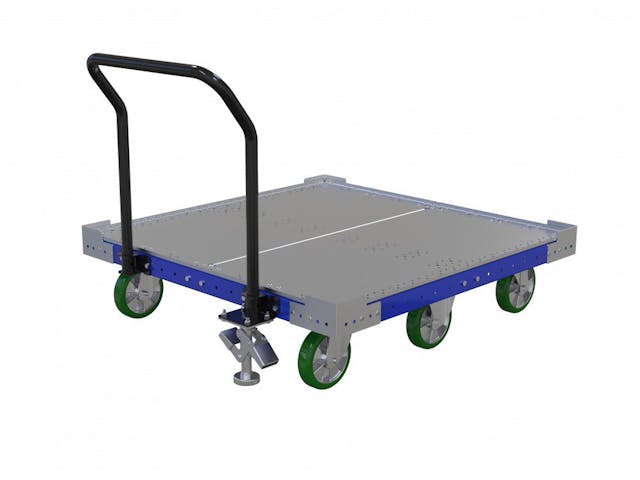Benefits of a Flexible Material Handling System
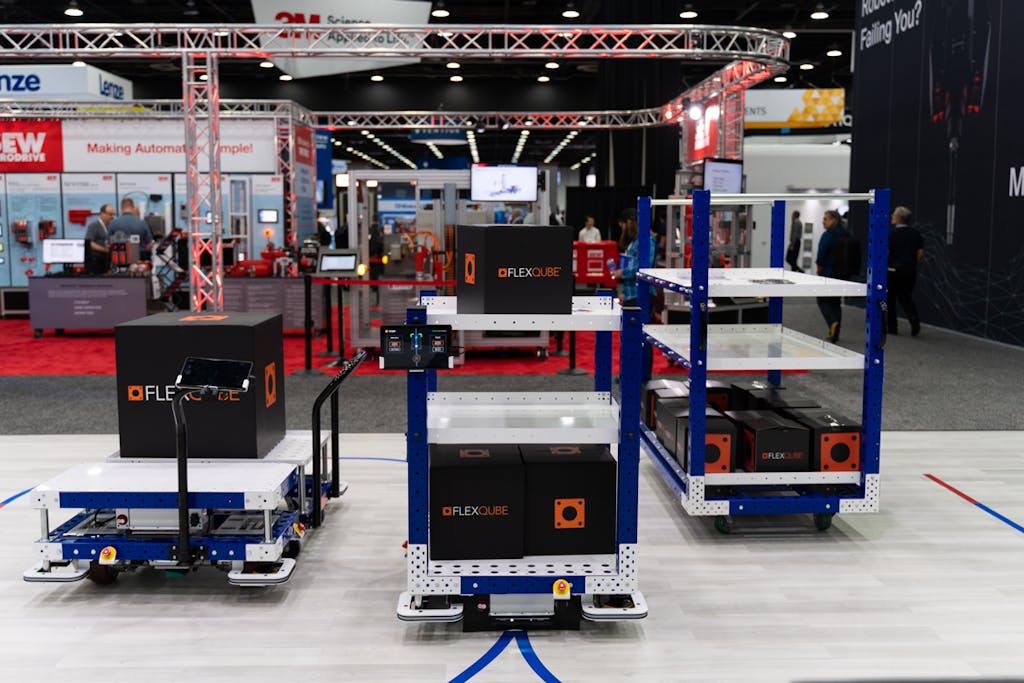
Your materials change constantly, so why shouldn’t your material handling carts keep pace? Processes and systems in plants evolve constantly. The same should happen in the case of material handling to improve the productivity of your facility.
Material handling can, therefore, be seen as essential in lean manufacturing and flexible manufacturing.
Having efficient material handling or assembly is critical for an increased ROI. It leads to less congestion, just-in-time delivery, and reduced downtime.
Keep reading and find out how to establish flexible material handling systems at your facility.
What is flexible material handling?
Material handling is defined as any process that involves moving products or components.
This could be short distances, long distances, within a building, or between buildings. Generally, material handling is focused on manufacturing environments.
Yet, equipment and ideas can be utilized by other industries. Material handling is most successfully done by using a wide selection of material handling equipment. This equipment could be manual, semi-automated, or automated.
This largely depends on your budget and the materials you’re looking to move.
In any case, you should bear in mind that the best material handling equipment can stay flexible and dynamic in your environment.
Benefits of having a flexible material handling system
Flexibility means that you don’t need to adjust your workflow to fit the equipment you buy. Let’s look at some of the key benefits you gain from such a system.
01. Improved workflow and increased ROI
Flexible material handling systems dynamically route material movement. This does not disrupt plant operations and efficiently transports inventory and other materials.
The improved workflow on the factory floor also comes with added benefits. When the workflow is smooth and there are fewer disturbances, the cost of plant operations goes down.
It also improves the productivity of operations. All these factors contribute to improving the return on investment (ROI) of fixed assets.
02. Safer work environment: ergonomic and forklift-free
Flexible material handling equipment allows for much greater ergonomics. These give you the opportunity to have equipment designed for improved ergonomics.
Employees are at the heart of your company, so ensuring they have a safe working environment is vital. Improved comfort, safety, and ergonomics lead to greater efficiency.
Material handling carts need to be designed with the end-user in mind to reduce the chance of employee injury. Ergonomically designed equipment helps your employees do their tasks better, faster, and easier.
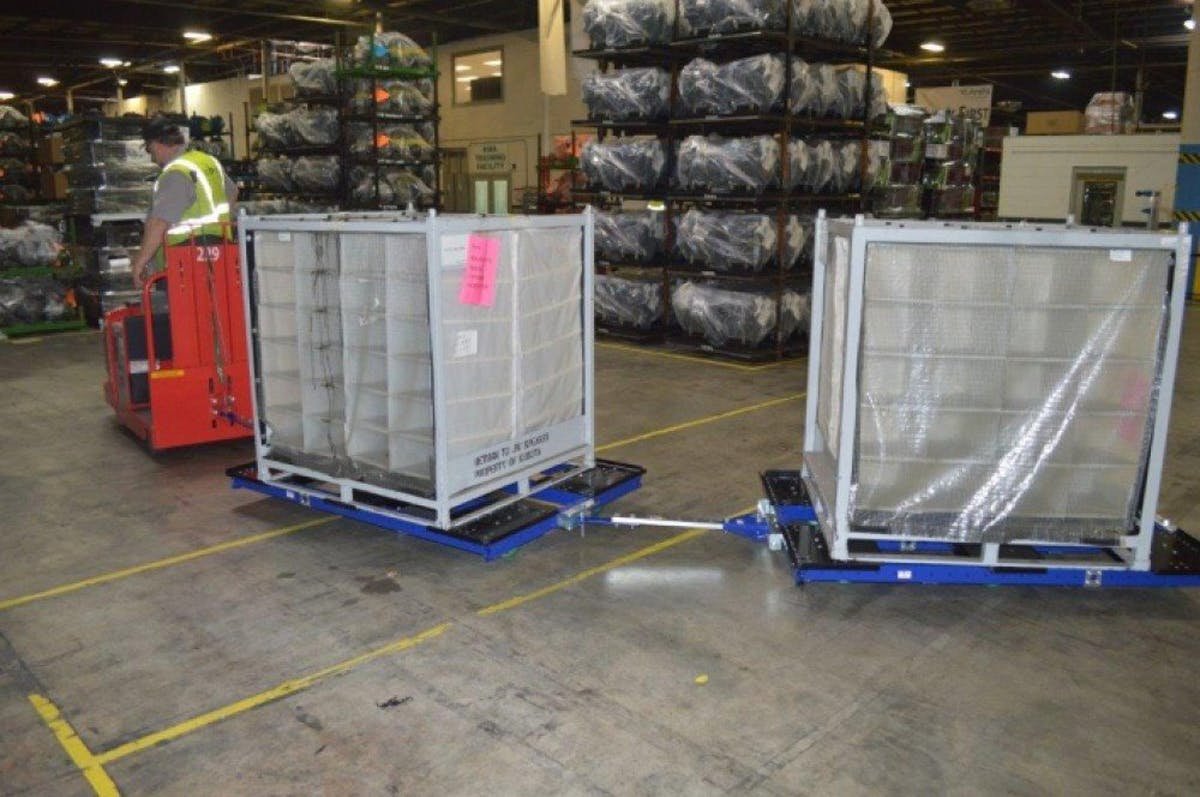
A forklift-free environment comes with many advantages. Not only is it safer and cost-effective; but fewer incidents will also improve the overall flow of material on the shop floor.
03. Reduced downtime
One of the largest grips in material handling on the plant floor is the lack of inventory accuracy. This means the right component and material rarely reach the intended station. This causes downtime in plant operations.
With flexible material handling systems, inventory accuracy improves dramatically. The chances of an error happening are extremely rare. This by extension helps to reduce downtime in the plant and improve productivity.
04. Increased quality
Flexible material handling systems ensure raw materials and components reach the stations at the appropriate time. The technicians at the workstation do not have to bother with or worry about material handling. This helps them concentrate on the work they have to perform.
When such a material handling solution is implemented across the plant, technicians and managers can divert more focus to the core processes. This in turn helps to improve the quality of output from the plant floor.
05. Less waste and reduced carbon footprint
Flexible material handling systems use smart technology that helps them manage material handling in an effective and efficient manner. The use of data-driven, efficient solutions helps to reduce wastage in material handling. This in itself helps to reduce the carbon footprint.
In addition to that, flexible material handling systems do not rely on internal combustion engines. No fossil fuel will be burnt for material handling. This further reduces the carbon footprint of the plant.
How to achieve flexible material handling
At FlexQube, we work towards ensuring you can create the working environment you need. We want you to create the exact environment you need to fulfill your goals on budget and the way you want them done.
To achieve this, you need the right material handling solutions, but also to be focused on constant optimization.
Invest in modular and custom material handling equipment
Material handling equipment has a large role to play in the cost of operations of the plant. Flexible material handling systems such as FlexQube offers many benefits.
The operational and financial advantages of FlexQube far outstrip the initial cost to implement such a system. For example, Siemens was able to automate their material transportation with the FlexQube eQart.
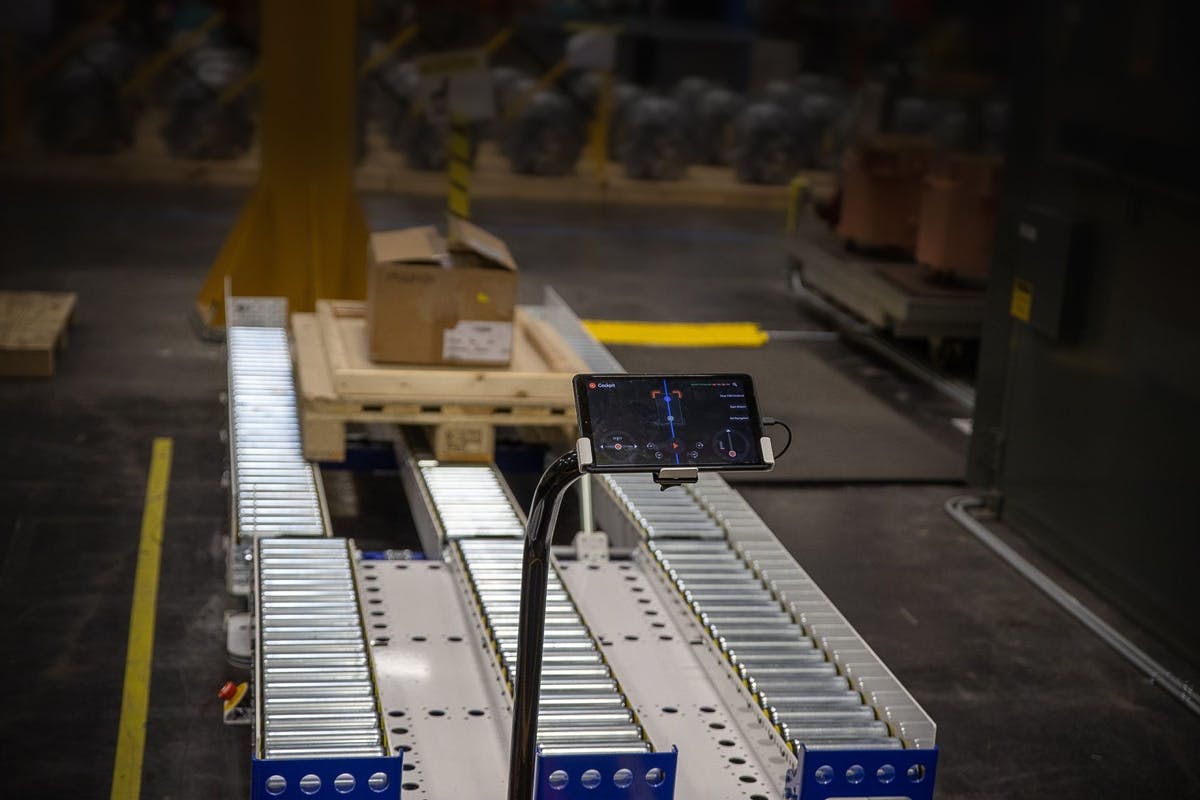
The implementation also delivered a high return on investment in a short time.
Implement specialized small equipment
Smaller material handling equipment can make an impact on your facility and workflow. So having specialized equipment can make your material handling more effective and ergonomic.
Even if your operation is similar to other companies, the day-to-day tasks can vary.
Having specialized equipment means that every job and task is equipped with the right equipment. Once each of these tasks begins stacking up to make things easier – your workflow as a whole lifts.
Never stop optimizing your processes
Improving your plant operations does not stop with the introduction of flexible material handling systems. But it is a significant start. You should invest in improving the material handling systems further.
You also need to investigate the ways in which the surrounding processes and environment can be improved to reduce wastage and improve efficiency. You need to embrace the spirit of “Kaizen” (continuous improvement) and never stop optimizing your processes.
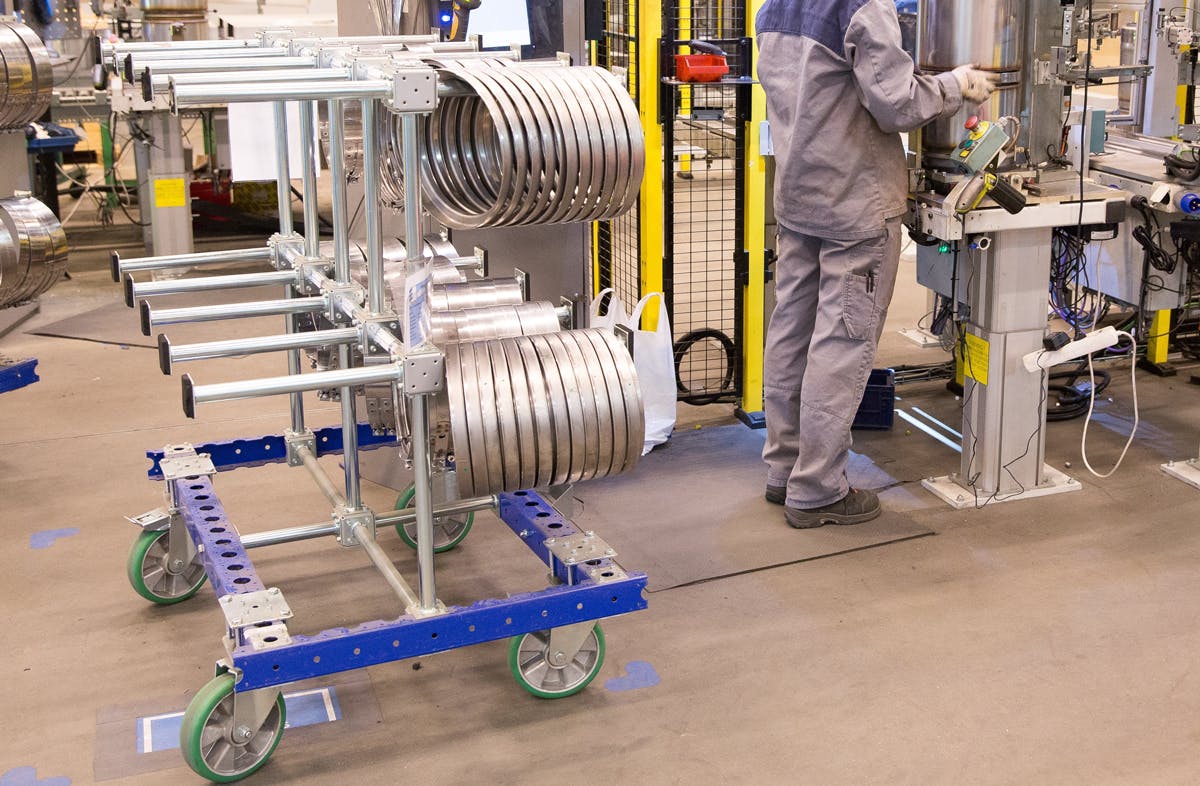
Conclusion
Here at FlexQube, we understand that your work environment is both unique and important.
That’s why we offer a wide range of customizable material handling solutions for you to choose from.
Implementing specialized material handling equipment helps improve your workflows. It boosts efficiency and productivity and creates a safer working environment.
We offer a wide range of flexible systems with a few standardized components. Browse our collection of material handling carts which are ideal for creating more flexible material handling systems. Get in touch for all your material handling needs.

